Visit Orsay
Want to visit the Musée d'Orsay during you trip in Paris? Very good choice! It is known and recognized all over the world. It is indeed famous for housing one of the most beautiful collections of impressionist works in the world. You are not a specialist in the subject? You will discover incredible works whose authors are known to all: Van Gogh, Monet, Cézanne, Degas, Courbert, Garnier, Guimard…
1. The history of the Musée d'Orsay
.jpg)
.jpg) The Musée d'Orsay is located in a former railway station, the Gare d'Orsay, built to accommodate visitors to the 1900 Universal Exhibition
in Paris. The President of the Republic Valéry Giscard d'Estaing decided in 1977 to transform the station into a museum. Its façade remains
authentic and the setting is already a monument in itself. The Musée d'Orsay opened its doors in 1986 and quickly became a national museum.
Now it is one of the largest museums in Europe and the museum attracts 3 million visitors per year.
The Musée d'Orsay is located in a former railway station, the Gare d'Orsay, built to accommodate visitors to the 1900 Universal Exhibition
in Paris. The President of the Republic Valéry Giscard d'Estaing decided in 1977 to transform the station into a museum. Its façade remains
authentic and the setting is already a monument in itself. The Musée d'Orsay opened its doors in 1986 and quickly became a national museum.
Now it is one of the largest museums in Europe and the museum attracts 3 million visitors per year.
2. The collection
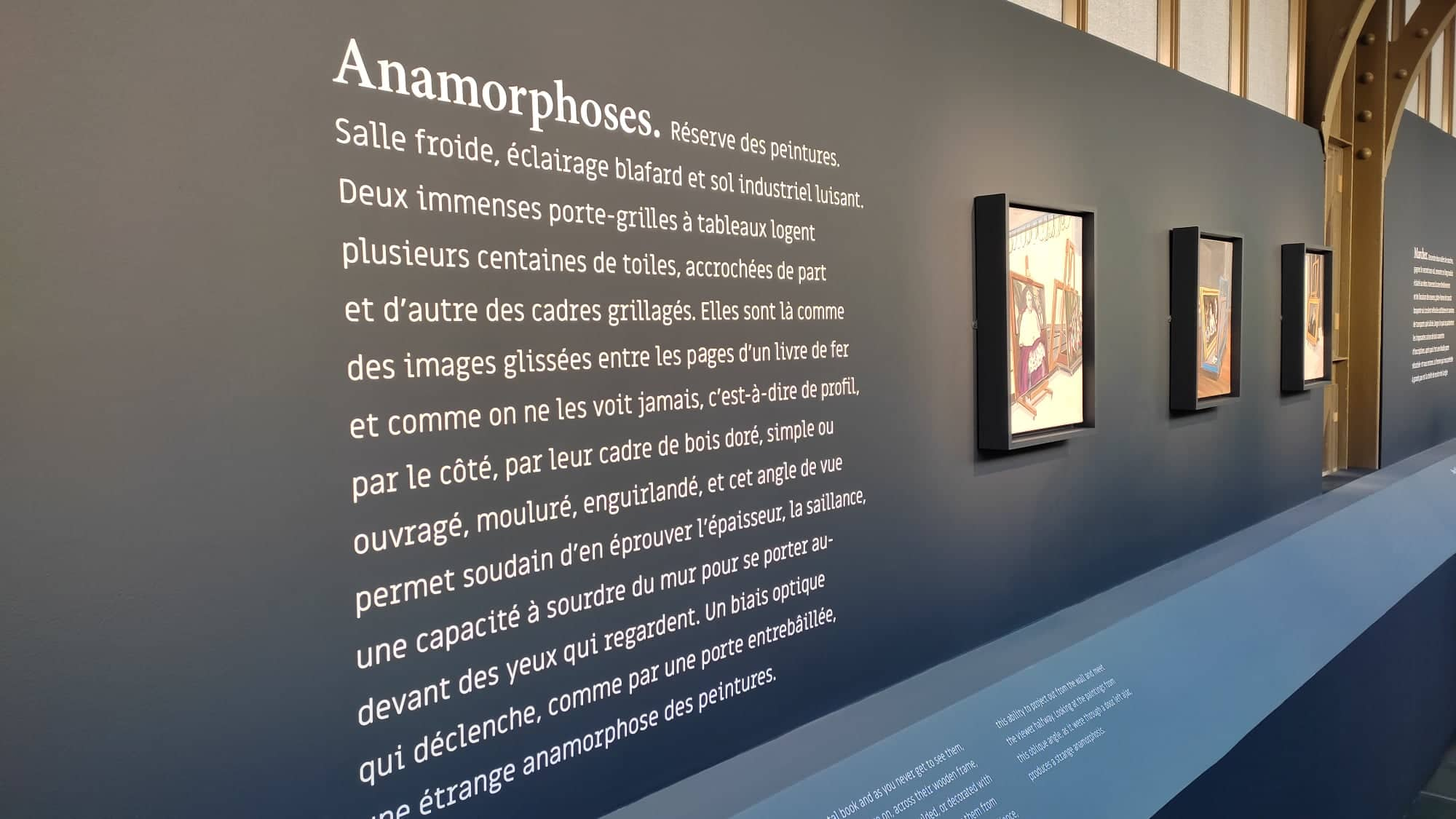 The Museum has the most important collection of impressionist paintings in the world. The most famous masterpieces are present. More than
4,000 works are permanently on display to the public, although the collection is much larger and the museum's storerooms house many
treasures.
The Museum has the most important collection of impressionist paintings in the world. The most famous masterpieces are present. More than
4,000 works are permanently on display to the public, although the collection is much larger and the museum's storerooms house many
treasures.
 Among the masterpieces not to be missed during your visit, 24 paintings by Vincent Van Gogh including "Self-Portrait" and
"Starry Night on the Rhone". "L'Origine du Monde", "L'Atelier du Peintre" and "Un enterrement à
Ornans" by Gustave Courbet are also presented among the 32 works of the artist exposed. Not to be missed, 70 works of Claude Monet
among the most famous, including the famous "Poppies".
Among the masterpieces not to be missed during your visit, 24 paintings by Vincent Van Gogh including "Self-Portrait" and
"Starry Night on the Rhone". "L'Origine du Monde", "L'Atelier du Peintre" and "Un enterrement à
Ornans" by Gustave Courbet are also presented among the 32 works of the artist exposed. Not to be missed, 70 works of Claude Monet
among the most famous, including the famous "Poppies".
Edgar Degas, Paul Cézanne, Eugène Delacroix, Paul Gauguin, Edouard Manet, Camille Pissarro, Auguste Renoir... famous names that all have their place at the Musée d'Orsay for an exceptional visit!
3. Some of the most famous works that you can appreciate at the Musée d'Orsay
Selfportrait- Vincent Van Gogh
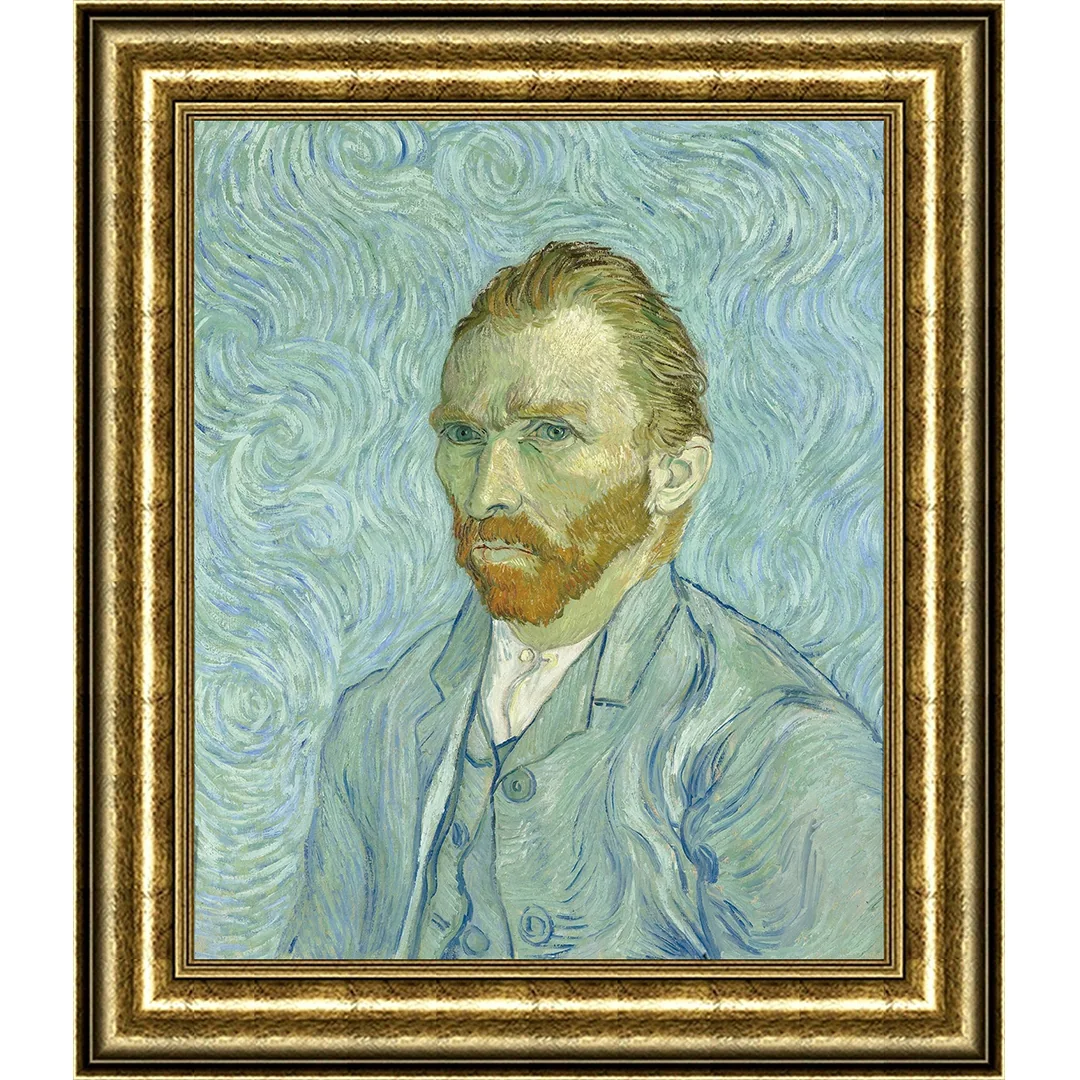
This, the last of Van Gogh's self-portraits and one of the greatest, was painted only months before his death, in 1889. Van Gogh painted self-portraits, as if desperate to discover his own identity. Van Gogh believed in the importance of color to convey a state of mind. He therefore chose cold colors to give more intensity to his portrait and the artist painted himself with a vigorous and nervous touch. Everything in this painting reflects the inner turmoil and intensity of the passionate feelings that inhabit Van Gogh.
Coquelicots- Edouard Manet
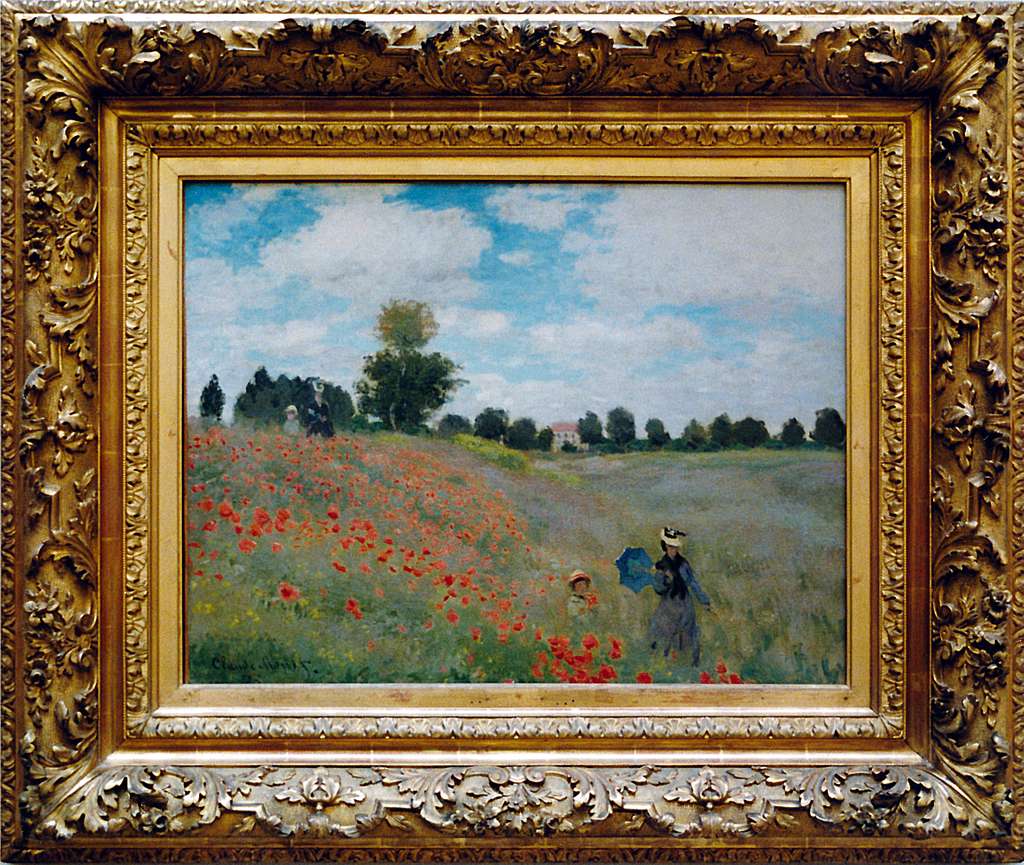
Les Coquelicots (or Poppies, the walk) is a painting by Claude Monet,
completed in 1873. The painting has become one of the most famous today. It evokes the vibrant atmosphere of a walk through the fields on a
summer day. Monet dilutes the contours and builds a colored rhythm from the evocation of poppies, by spots whose disproportionate size, in
the foreground, shows the primacy given to the visual impression. Thus a first step towards abstraction is taken.
La Classe de Danse – Edgar Degas
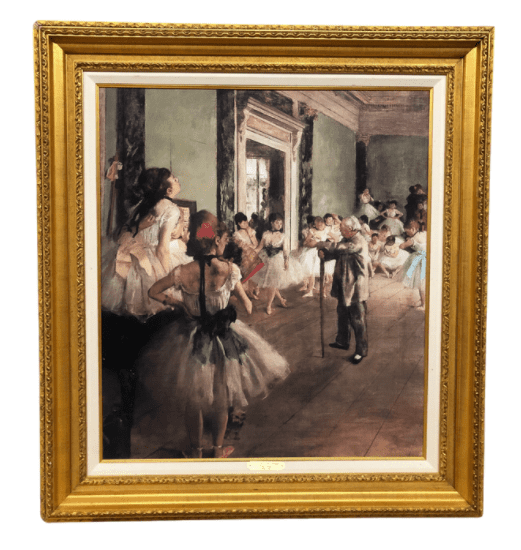
The Dancing Class is a painting made in 1874 by the French impressionist painter Edgar Degas. From the beginning of the 1870s until his death, ballerinas at exercise, rehearsal or rest became Degas' favorite subject, tirelessly repeated with many variations in postures and gestures. The slightly plunging viewpoint, centered on the diagonal of the room, accentuates the receding perspective of the floorboards.
Femmes de Tahiti- Paul Gauguin
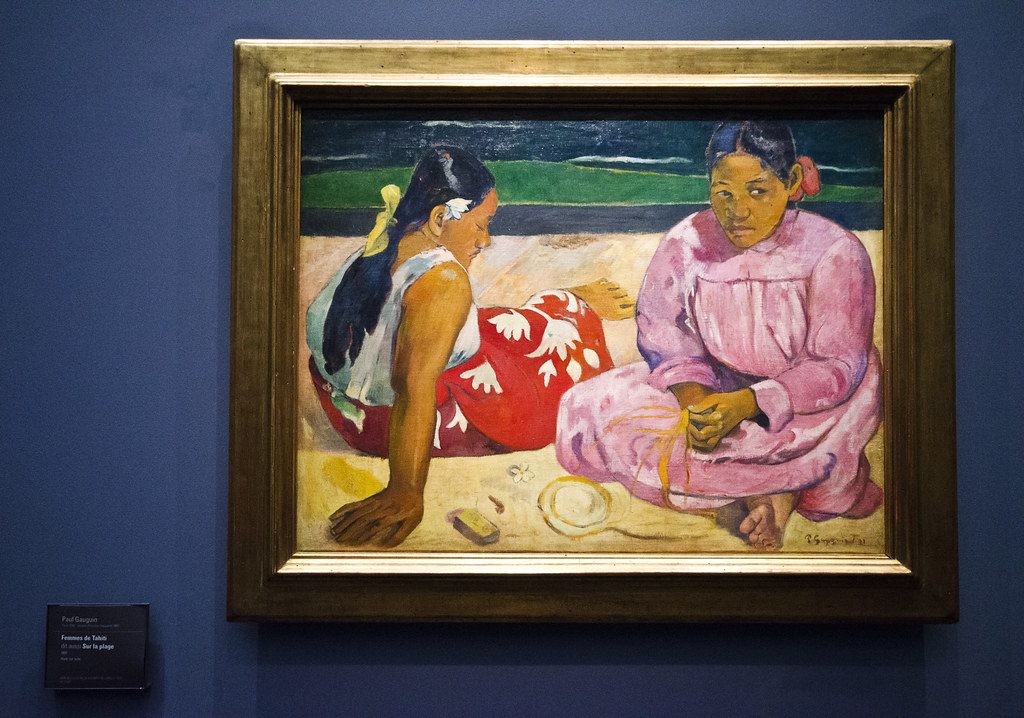
Women of Tahiti is an oil on canvas by the French painter Paul Gauguin made in 1891. Gauguin is considered one of the major French painters of the nineteenth century, and one of the most important precursors of modern art with Klimt, Cézanne, Munch, Seurat and van Gogh. In 1891, Gauguin went to Tahiti, an island he imagined to be paradisiacal and primitive. The artist wanted to "live there in ecstasy, calm and art". His financial difficulties, his aesthetic preoccupations and this very Baudelairian "invitation to travel" pushed him towards the faraway place to escape "this European struggle after money", to be "free at last".
Un enterrement à Ornans (1849-1850) - Gustave Courbet.
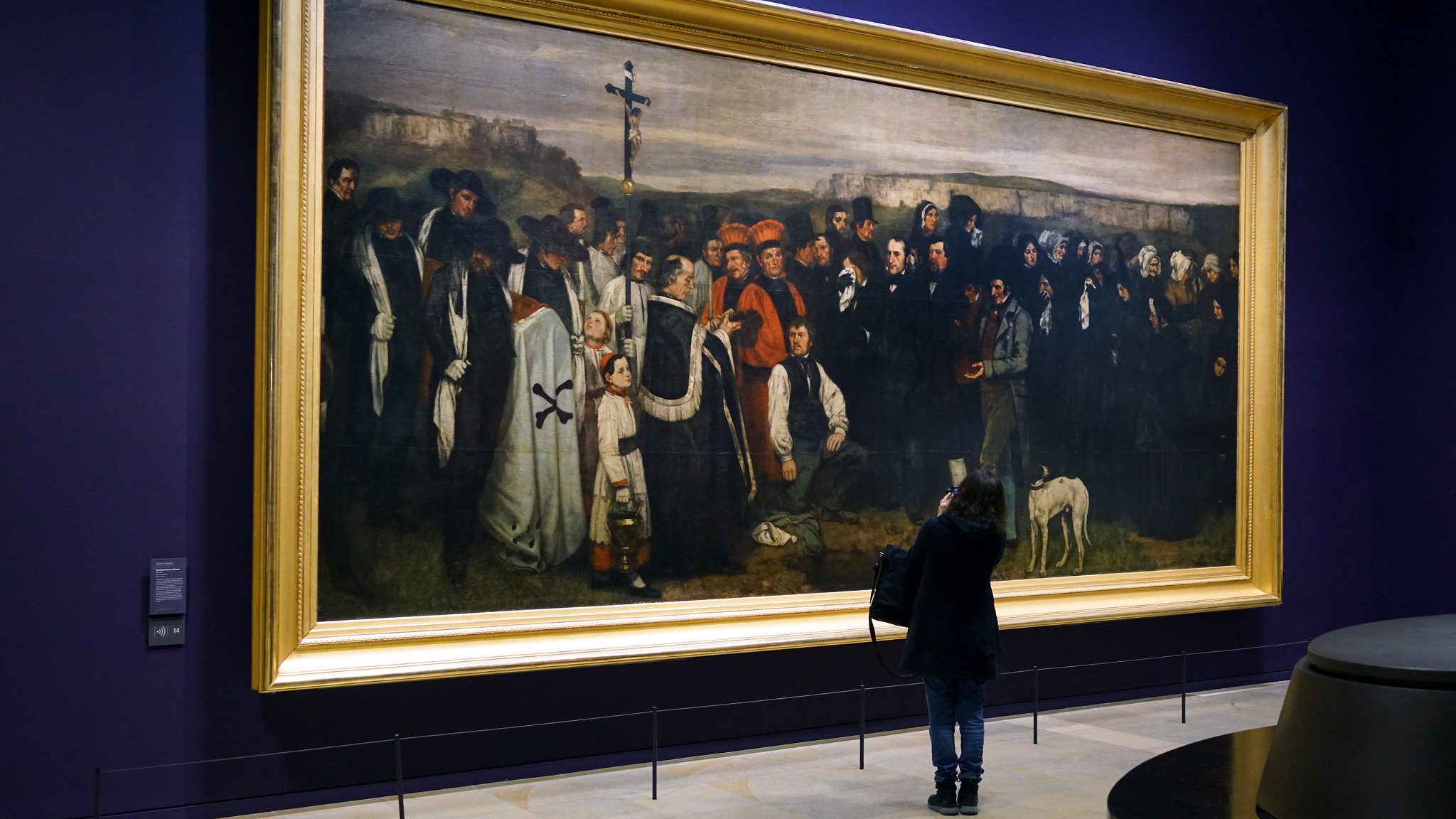
What strikes us first is the size of the canvas (315.45 × 668 cm). A burial in Ornans quickly became a manifest work of realism of which Courbet was the leader. The painting was criticized for its vulgarity and the critics of the time accused Courbet of painting "the ugly", "the trivial" and "the ignoble". This panoramic format was then reserved for large historical, mythological or religious scenes. This questioning of the hierarchy of genres shocked the critics. For most of them, Courbet's painting was assimilated to "socialist" art. In this sensitive period with the social context disturbed by the destitution of Louis-Philippe I, artists detached themselves from the bourgeoisie who rejected the new art forms.
The scene shows a funeral in Ornans, Courbet's hometown in the Doubs. The scene reflects the displacement of cemeteries from the city center
due to the increasing number of deaths since 1789 and the Napoleonic Wars. In the painting it is precisely in this new cemetery away from
the city that the burial takes place.
Et voilà ! This is the end of our quick visit to the Musée d'Orsay in Paris, see you soon for a new visit!
-Jade
Design by Monsieur Graphic
